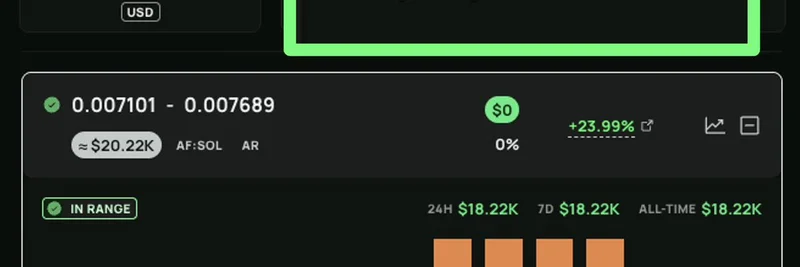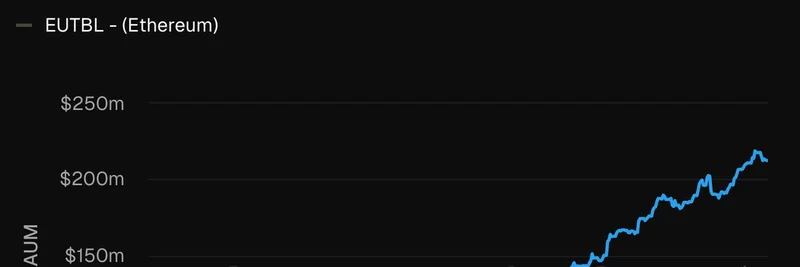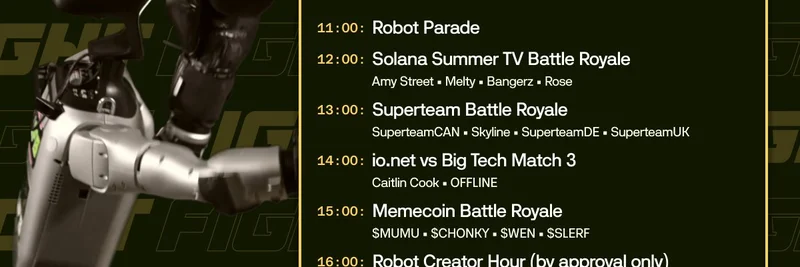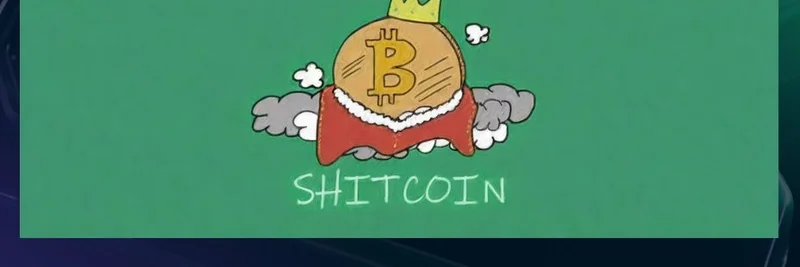In the fast-paced world of Solana meme tokens, where volatility reigns supreme, one trader turned the chaos into cash. Using HawkFi, a Solana LP terminal designed for smart liquidity providers, @bradydonut shared how he raked in a whopping $18,216 in fees from the YZY token. But here's the kicker—he believes he could have doubled that with a sharper strategy. If you're into meme coins or looking to level up your liquidity providing (LP) game, this thread is a goldmine of insights. Let's break it down step by step, explaining the tech in simple terms so even newcomers can follow.
Entering the YZY Pool: Timing and Setup
@bradydonut wasn't the first in line for YZY—he jumped in over an hour after the token mooned. What caught his eye? Massive trading volume, hitting $5-10 million in just five-minute windows. That's prime territory for High Frequency Liquidity (HFL), a strategy where you provide liquidity in tight ranges to capture fees from rapid trades.
For the uninitiated, liquidity providing means adding your tokens to a pool on decentralized exchanges (DEXs) like Meteora or Raydium, earning a cut of the trading fees. DLMM stands for Dynamic Liquidity Market Maker, a fancy way of saying it adjusts liquidity in bins (small price ranges) to maximize efficiency.
His setup on HawkFi: 100 bins in a 1% pool, a tight 8-bin range, spot liquidity shape, and zero-minute auto-rebalances without swaps, plus auto-accumulating fees swapped to SOL. This automation kept his position optimized as prices swung.
But he notes room for improvement on Meteora's DLMM, Solana's go-to for concentrated liquidity.
Lesson 1: Maximize Bin Utilization with Ping Pong
The first big takeaway? Use "Ping Pong" to supercharge your DLMM setup. In his case, fees printed like crazy—about 1 SOL every few seconds—when the market price stayed in his active bins. But often, the price landed in underutilized bins, wasting potential.
Ping Pong is an automation that bounces liquidity between bins to keep it where the action is. @bradydonut estimates this could have doubled his printing rate. Shoutout to @k5cryptojp for nailing it with this tactic.
Lesson 2: Discipline is Key—Enter and Exit Smartly
No strategy survives without discipline. Only dive into HFL when volume is sky-high, and bail out the moment price or volume dips. @bradydonut monitored YZY's 5-minute volume on Jup Pro, and he's hyped about HawkFi's upcoming intraday liquidity screener for spotting these opportunities.
Pro tip: HFL shines when prices move sideways or up, not down. Dumping tokens can wipe out fees faster than you can say "impermanent loss" (that's when your pooled tokens lose value due to price changes).
Lesson 3: Go Tighter for Turbo Gains
HawkFi's zero-minute rebalances worked flawlessly, but @bradydonut wishes he'd gone even tighter—4 bins instead of 8. This turbo-concentrated approach, paired with real-time adjustments, could have squeezed out more fees from the volatility.
Hot Take: HFL Beats Leveraged Trading
Here's a bold claim: High Frequency Liquidity trumps leveraged longs or shorts in volatile meme markets. Why? Perps (perpetual futures) can liquidate you in wild swings, leading to total wipeouts. HFL, on the other hand, thrives on volatility, printing fees without the same downside risk. Both can hit +100% profits quick, but HFL's worst-case drawdown is around -25%, not -100%.
Wrapping Up: Level Up Your LP Game
@bradydonut's YZY adventure shows how meme tokens like YZY aren't just for gambling—they're fee-printing machines if you LP smartly. Check out the HawkFi cookbook for tutorials on HFL and more.
As Solana's meme ecosystem heats up, tools like HawkFi and Meteora are empowering traders to flow with the volume rather than fight it. Whether you're a degen or a quant, these lessons can make you a sharper LPer. Remember, this is not financial advice—do your own research!
Stay tuned to Meme Insider for more breakdowns on meme token strategies and Solana innovations.




